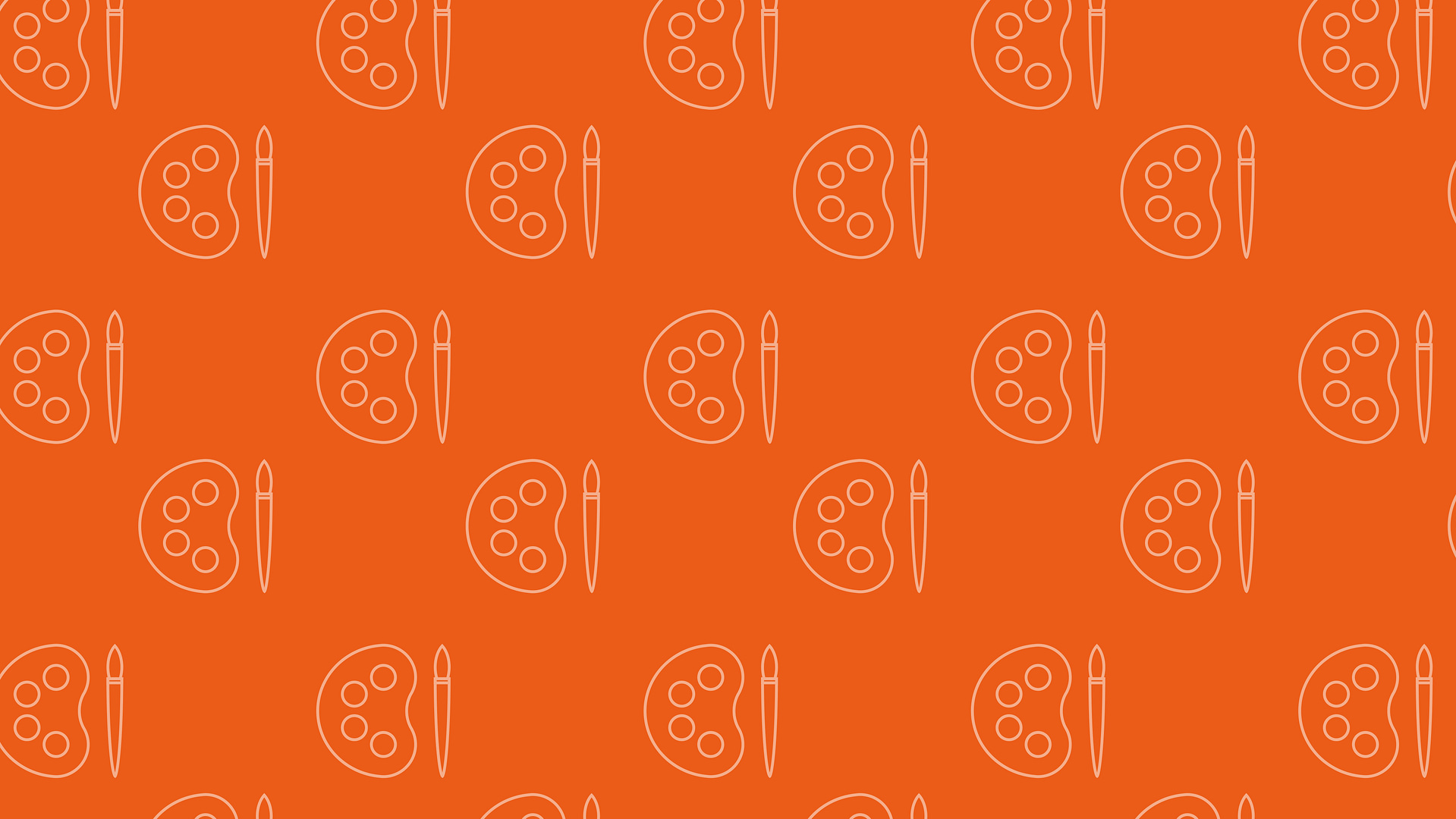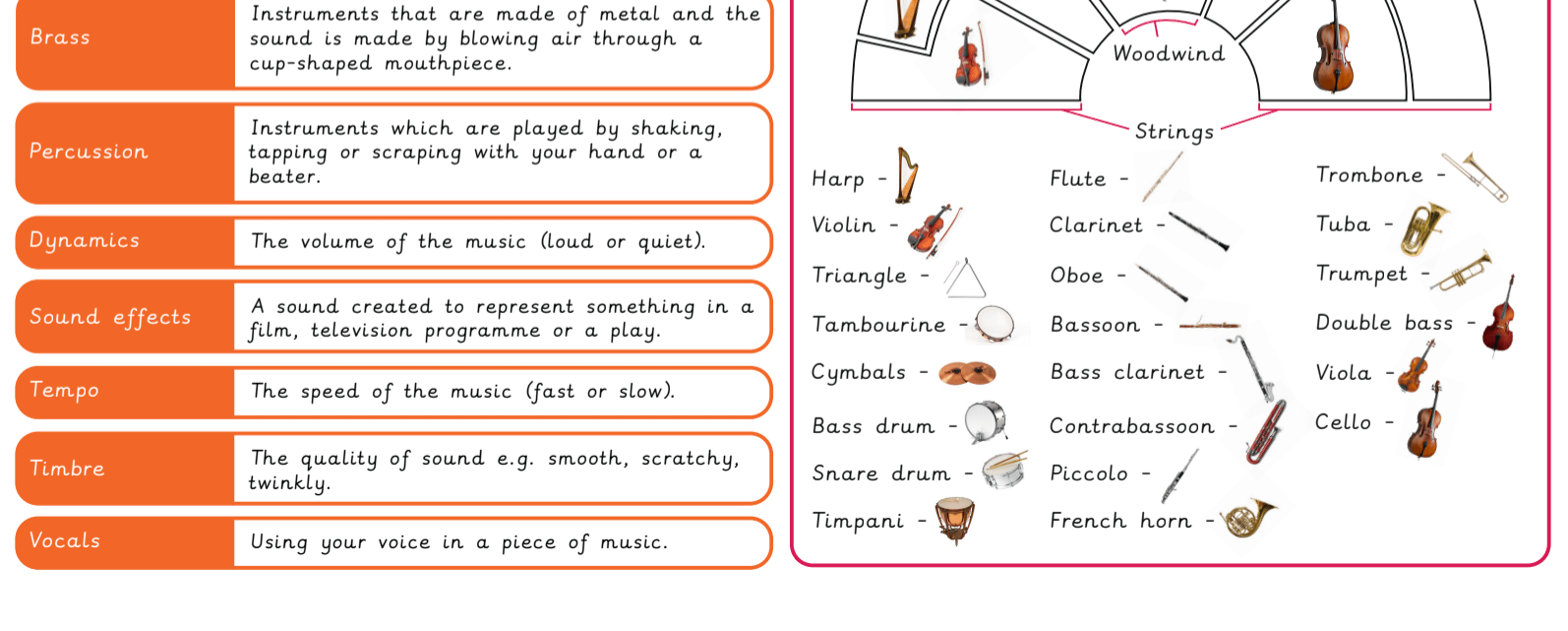
This presentation introduces you to our Music curriculum, highlighting features such as CPD support, videos to support notation, and our KS2 instrumental scheme. Our staff presentation has two main goals:
New to Music?
If your school is new to our Music curriculum, this presentation is the perfect introduction. It provides an ideal starting point for staff to explore.
Interested in Joining?
This presentation is your starting point for those eager to dive into Music with Kapow Primary. It’s a valuable tool to create awareness about what Kapow Primary can offer your school. After the presentation, we recommend starting a 14-day school free trial. This allows your colleagues to immerse themselves in the scheme and experience its full potential.

Uncover the key to seamless lesson planning with the Resources and costings sheet for our Design and technology scheme of work. Use this resource to efficiently allocate resources, manage costs effectively, and ensure a well-structured curriculum. Say goodbye to planning hassles and hello to a more organised and engaging teaching approach.

A document outlining the intent and rationale behind Kapow Primary’s French scheme of work, how to deliver the subject and measure pupils’ progression.

This document outlines the intent and rationale behind Kapow Primary’s original Art and design curriculum (pre-September 2022), how to deliver it and how to measure pupil progress. This information can be used to help create your school’s bespoke Intent, Implementation and Impact statement, tailored to your school.
Our Curriculum overview shows which of our units cover each of the National curriculum attainment targets as well as each of the strands.
Our Progression of skills shows the skills that are taught within each year group and how these skills develop to ensure that attainment targets are securely met by the end of each key stage.
We recommend that schools no longer use the original scheme and transition to our revised Art scheme.

A Knowledge organiser that captures the essential knowledge and skills learnt throughout the now archived unit Music, Year 2, On This Island.
This Music resource is designed to support the pupils as they explore how music can be used to represent different aspects of an island environment. It introduces key vocabulary such as dynamics, tempo, pitch, texture, and structure, helping the pupils understand how composers use musical elements to depict landscapes and moods. The pupils will also learn how to create their own compositions inspired by island settings, using instruments and vocal sounds to represent natural features.

A Knowledge organiser that captures the essential knowledge and skills learnt throughout the now archived unit Music, Year 2, Orchestral Instruments.
This Music resource is designed to support the pupils as they explore the different families of orchestral instruments and their unique sounds. It introduces key vocabulary such as strings, woodwind, brass, percussion, and conductor, helping the pupils understand how instruments are classified and how they contribute to an orchestra’s overall sound. The pupils will also learn to identify instruments by their timbre and recognise their roles within orchestral performances.

A Knowledge organiser that captures the essential knowledge and skills learnt throughout the now archived unit Music, Year 2, Musical Me.
This Music resource is designed to support the pupils as they explore self-expression through music and composition. It introduces key vocabulary such as rhythm, pulse, pitch, structure, and notation, helping the pupils understand how musical elements combine to create melodies and songs. The pupils will also learn to compose and perform simple vocal and instrumental pieces, using different dynamics and tempos to enhance expression.

A Knowledge organiser that captures the essential knowledge and skills learnt throughout the now archived unit Music, Year 2, Myths and Legends.
This Music resource is designed to support the pupils as they explore how music is used to tell stories from myths and legends. It introduces key vocabulary such as rhythm, dynamics, pitch, motif, and texture, helping the pupils understand how musical elements create atmosphere and character. The pupils will also learn how composers use repeated themes and instrumentation to represent mythical creatures and legendary events.
Please note: This unit has now been replaced by the Year 2 unit *NEW* Structure (Theme: Myths and legends) and will no longer be updated.

This document outlines the intent and rationale behind Kapow Primary’s Music curriculum, how to deliver it and how to measure pupil progress. This information can be used to help create your school’s Intent, Implementation and Impact statement, tailored to your school.
Primarily, the Kapow Primary music scheme helps children develop a sense of musicality and a life-long love of music. We focus on developing the skills, knowledge and understanding that children need to become confident performers, composers and listeners. Our curriculum introduces children to music from all around the world and across generations, teaching children to respect and appreciate the music of all traditions and communities.
Our National curriculum mapping shows which of our units covers each of the National Curriculum attainment targets and each of these strands within it.
Our Progression of skills shows the skills that are taught within each year group and how these skills develop year on year to ensure attainment targets are securely met by the end of each key stage.





